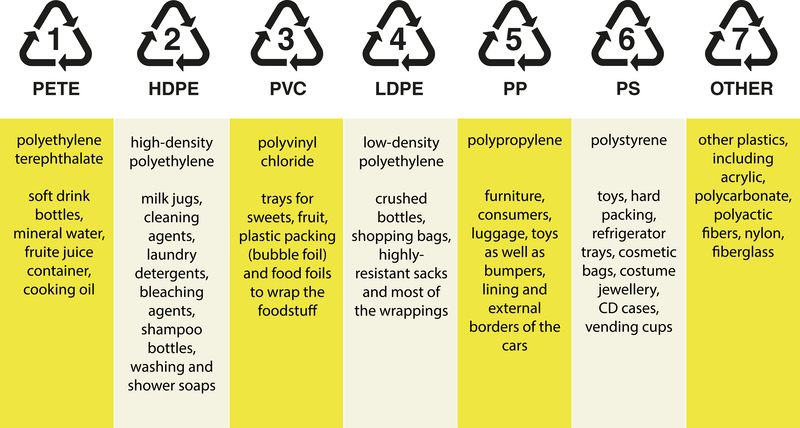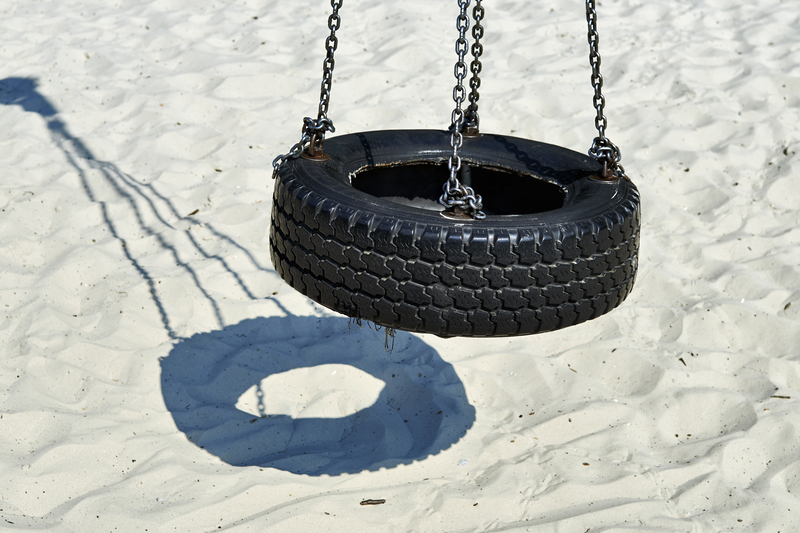Eco-Friendly Tips for Repurposing Old Attire
Did you know that the average person discards around 81 pounds of clothing each year? Fast fashion and consumer trends have made clothing one of the most rapidly changing and highly wasteful industries worldwide. Embracing eco-friendly tips for repurposing old attire can drastically reduce landfill waste, save money, and spark creative joy. In this comprehensive guide, we will walk you through sustainable and inventive ways to give your aged outfits a second life, blending both practical steps and imaginative inspiration.

Why Repurposing Old Clothes Matters
Textile waste is a mounting global environmental issue. Clothes that end up in landfills release methane, a potent greenhouse gas, as they decompose. Countless gallons of water and harmful chemicals are consumed in the production of new garments. By repurposing old clothes, you not only reduce waste but also extend the lifetime of valuable resources used in manufacturing.
- Reduces landfill contributions
- Minimizes water and chemical use
- Lowers the demand for cheap, unsustainable fashion
- Sparks creativity and thriftiness
Let's explore easy and effective eco-friendly tips for repurposing old clothing right at home!
Simple Ways to Repurpose Your Old Attire
1. Upcycling: Transform Old Garments Into Something New
Upcycling is all about taking existing clothes and turning them into new, useful, or stylish pieces. This eco-friendly method breathes life into your worn-out wardrobe, lessening your reliance on new purchases.
- T-shirts to tote bags: Cut the sleeves and neck off an old T-shirt, stitch the bottom, and you've got a sturdy, washable shopping bag.
- Jeans to shorts: A pair of scissors and a sewing kit can convert old jeans into trendy summer shorts.
- Dress shirts to pillowcases: Unbutton and stitch two shirts together for a unique, soft pillow slip.
- Sweaters to mittens: Use templates to turn outdated or shrunken wool sweaters into warm mittens.
Upcycling old clothes into new pieces not only saves money but also reduces your carbon footprint.
2. Altering and Restyling: Update Your Wardrobe
Does your style change frequently? Sometimes, all your outfit needs is a minor update. Restyling or altering your attire makes it current while remaining sustainable.
- Add embellishments: Sew on lace, patches, beads, or badges to freshen a plain shirt or jacket.
- Adjust the fit: Take in a dress, shorten a skirt, or crop a top to reflect modern trends and personal tastes.
- Mix and match: Combine fabrics from different garments to craft a patchwork top or jacket.
Simple sewing skills are enough to totally transform your existing wardrobe, helping you stay green and in fashion!
3. Repurpose Old Clothing Into Cleaning Rags
One of the most practical and zero-waste solutions for old, unwearable clothing is to convert them into cleaning cloths or dusters.
- Cotton T-shirts make excellent, soft cleaning rags for dusting or polishing surfaces.
- Absorbent towels or sweatshirts are perfect for tackling kitchen spills.
This method dramatically cuts back on paper towel usage and gives even the most worn-out attire a fresh function in your home.
4. Crafting: Turning Old Clothes Into Art and Accessories
If you love to craft, your old wardrobe is a treasure trove for creative projects.
- Patches and appliques: Cut colorful fabrics to make quirky patches for jackets or bags.
- Fabric jewelry: Twist and braid thin strips into bracelets, necklaces, or headbands.
- DIY wall art: Stretch patterned fabric over frames to create one-of-a-kind wall hangings.
This not only keeps textiles out of landfills but adds personalized accents to your world!
5. Making Pet Accessories and Toys
Our furry friends benefit from your green efforts, too! Old clothes are ideal for making soft pet beds, chew toys, or cozy blankets.
- Braided toys: Cut strips from shirts and braid them for strong, washable dog toys.
- Pet bedding: Stuff pillowcases with old, soft clothing and sew up for DIY pet beds.
Eco-friendly repurposing of clothes can keep pets happy while reducing your waste footprint.
Advanced Eco-Friendly Approaches for Repurposing Old Clothes
6. Create Quilts and Patchwork Blankets
Quilting is a beautiful way to preserve cherished memories while repurposing multiple old garments into a meaningful, lasting keepsake. Even beginners can join squares together into a patchwork blanket for cuddling or picnics.
- Use baby clothes for a nostalgic memory quilt
- Combine colors and textures for a unique, eye-catching piece
7. Fashion DIY Bags, Purses, and Wallets
Give your tattered denim jeans a new purpose by transforming them into trendy shoulder bags or wallets. Repurposing old attire in this way prevents textile waste and produces durable, stylish accessories.
- Sew pockets from pants onto bags for storage
- Embellish with buttons, patches, or embroidery
8. Make Zero-Waste Gift Wrap and Storage
Instead of buying disposable wrapping paper, use patterned scarves, shirts, or dresses as gift wrap. The Japanese art of Furoshiki uses fabric to tie and carry items beautifully and sustainably. Old clothes can also be sewn into pouches or organizers for home storage.
9. Turn Worn Clothes Into Garden Aids
Eco-friendly gardening can benefit from repurposing old attire:
- Make plant ties from strips of fabric to support stems
- Use old shirts as protective covers for delicate plants during cold snaps
10. Donate or Swap for Community Benefit
Clothes that are still in good condition can be donated to local shelters, thrift stores, or organizations. Alternatively, organize a clothing swap among friends or your community. This keeps wearable items in circulation, supporting a circular economy and strengthening local connections.
Eco-Friendly Fabric Dyeing and Printing
Sometimes, altering the color or pattern of an old garment can bring it back to life. Natural dyes made from kitchen scraps, such as onion skins, tea, and spinach, are environmentally friendly alternatives to synthetic dyes. Try block printing or tie-dyeing with natural ingredients to create custom looks without resource-intensive methods.
- Boil onion skins for orange and yellow tones
- Use beets for pink and red shades
- Leafy greens such as spinach for soft green hues
Essential Tools and Materials for Repurposing Old Clothes
You don't need a professional tailor's kit to get started. Here are tools that support your eco-friendly clothing repurposing journey:
- Sharp scissors for cutting fabric cleanly
- Needles and threads (or a basic sewing machine)
- Fabric glue for no-sew projects
- Pins and safety pins for holding fabric
- Rulers and chalk for measuring and marking
Helpful Tips to Maximize Eco-Friendly Upcycling
- Sort clothes by fabric type and condition--cotton, wool, denim, and synthetics may be best used for different projects.
- Wash everything first to ensure it's clean for its new purpose.
- Start with simple projects and build your skills over time--basic upcycling is accessible to everyone.
- Use online tutorials and community advice for inspiration and troubleshooting.
- Share or gift your repurposed creations to spread the sustainable message!
Benefits of Adopting an Eco-Friendly Approach to Wardrobe Renewal
Embracing eco-friendly tips for repurposing old attire isn't just about environmental impact--it also has a positive effect on your lifestyle and wallet.
- Saves money: Upcycling and repurposing lets you meet practical needs at little or no cost.
- Encourages creativity: Transforming items challenges you to think outside the box.
- Connects you with others: Swaps and donations strengthen community bonds.
- Reduces your carbon footprint: Less production and waste equals a cleaner planet.
- Preserves memories: You can keep favorite pieces as part of new, functional items.

Conclusion: Start Your Sustainable Wardrobe Journey Today
Adopting eco-friendly lifestyle habits doesn't have to be overwhelming. By creatively repurposing old attire, you directly contribute to reducing waste, minimizing environmental harm, and fostering a culture that values resourcefulness.
Whether you turn T-shirts into cleaning cloths, transform jeans into trendy accessories, or upcycle dresses into art, every small step counts. The next time you clear out your closet, view those old clothes not as trash--but as opportunities for a greener, more imaginative world.
Share your eco-friendly upcycling projects with friends and family, and inspire others to make positive changes for our planet!
FAQs About Repurposing Old Clothing Sustainably
- Is upcycling old wardrobe really eco-friendly?
Absolutely--every item diverted from landfill reduces pollution and resource use. - What are the best clothes for upcycling?
Natural fabrics like cotton, linen, and wool are easiest to work with, but synthetics can also be repurposed. - Can I repurpose old clothes without sewing?
Many no-sew projects exist, including DIY tote bags, rags, and knotting techniques for accessories. - How can I start eco-friendly clothing projects as a beginner?
Begin with simple ideas like cleaning cloths, patches, or T-shirt totes. Use online resources for guidance.
Embrace repurposing and make sustainability a part of your style--your environment and your wardrobe will thank you!